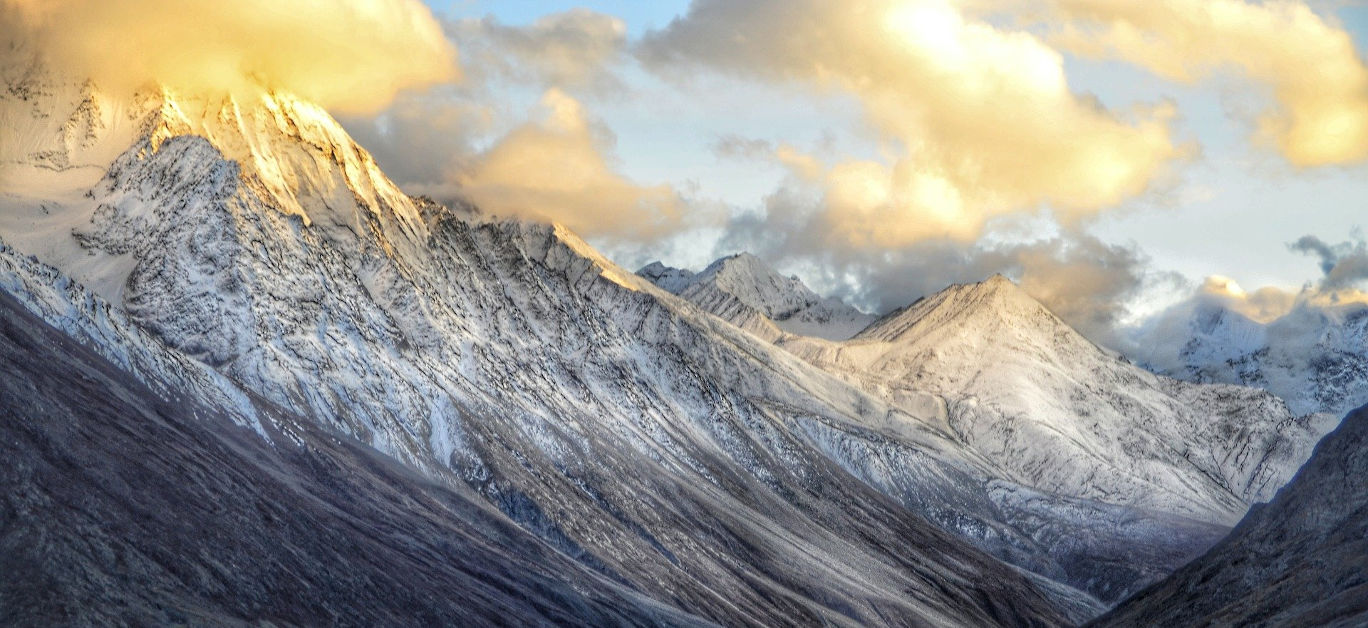The Himalayas, meaning ‘abode of snow’, stretches magnificently across countries including India, Pakistan, Afghanistan, China, Bhutan and Nepal and covers approximately 2,400kms. Two of these countries which are sovereign nations, Nepal and Bhutan, are surrounded entirely by the Himalayas. For India, the Himalayas may also be called the lifeline of the country with as much as 80% of this majestic mountain range falling in the Indian sub-continent.
The Himalayas is of massive ecological significance worldwide. Apart from being the abode of the world’s highest ecosystem, some of Asia’s most revered rivers originate from the Himalayas, including the Nepalese Sagarmatha, which literally means Goddess of the Universe.
With snow and mountain tourism growing phenomenally worldwide, the Himalayas too has witnessed incredible growth in terms of tourism. Nothing stops today’s discerning travellers from summiting in some of the world’s highest peaks. Mountaineering apart, the Himalayas offer some of the world’s most fascinating trekking trails, including the Annapurna circuit for instance.
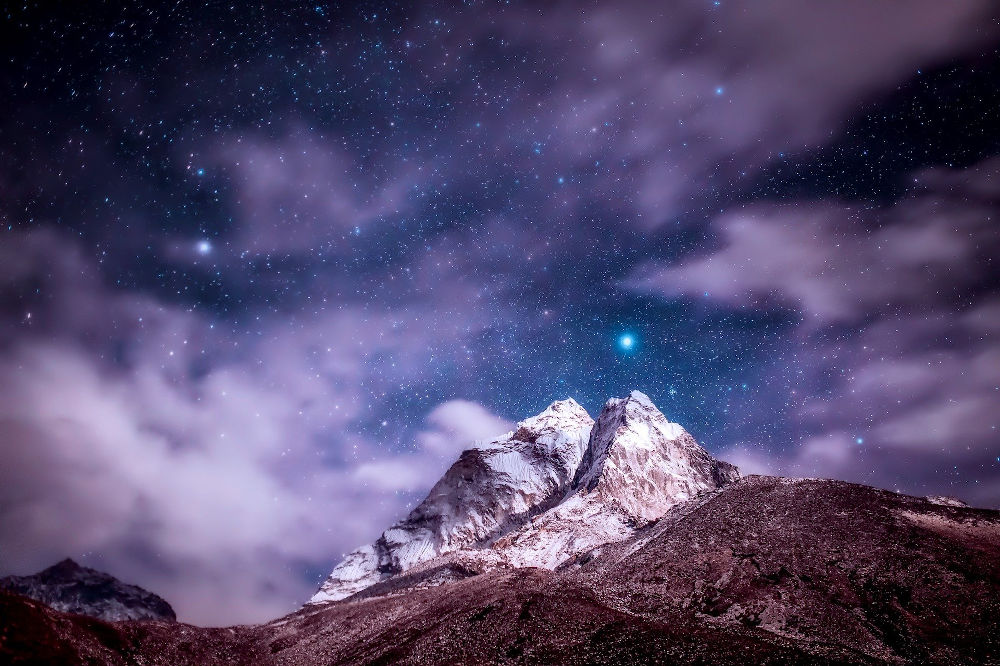
However, the time has arrived to position the Himalayas in the most appropriate manner at the global tourism arena. A momentous question to ask the mandarins of the tourism industry (India, Nepal, Bhutan) is whether the Himalayas have been projected and promoted in the right manner at the global tourism arena. Have we chosen the right ambassadors for promoting tourism in the Himalayas?
SAARC (South Asian Association for Regional Cooperation) was formed in 1985 with the mission to ignite sustained co-operation among South Asian countries in areas of economy, healthcare, development and tourism. The SAARC moto was ‘deeper integration for peace and prosperity’ and tourism was identified as an important vehicle for facilitating people-to-people contact.
It needs no reiteration to state that SAARC hasn’t delivered, and experts believe SAARC is a failed mission. Former vice chancellor of Central University, Sikkim, Mahendra P Lama’s observation is of great significance here – in an interview to The Hindu newspaper, Lama is quoted as saying: “Mistrust and inhibitions among the member countries were not letting SAARC flourish. They have to borrow a few pages from organisations like ASEAN and European Union, where borders have become softer and co-operation is through projects.”
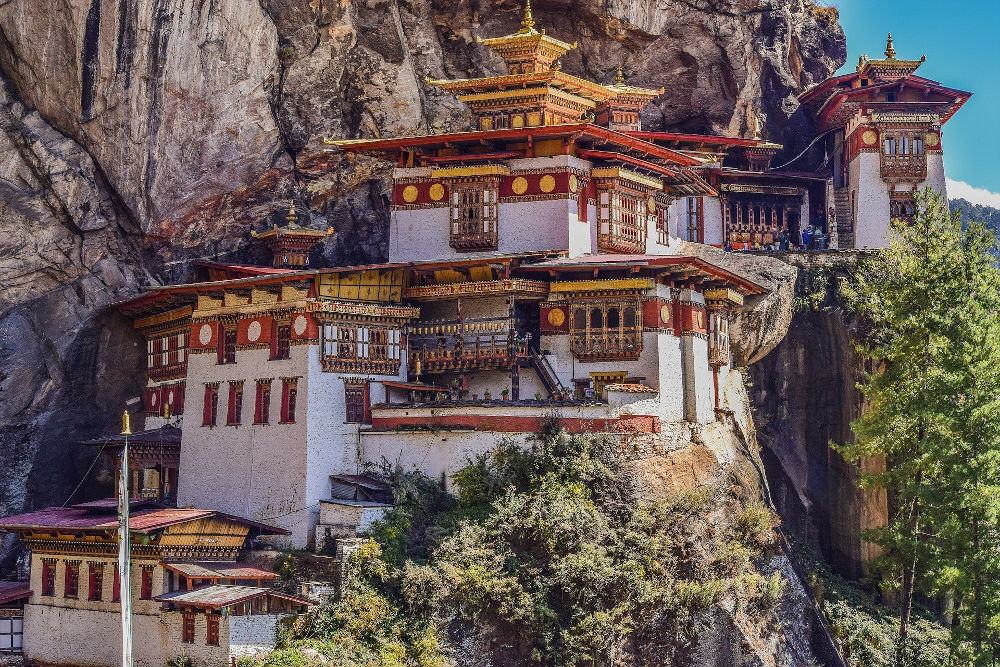
Keeping in mind the importance of the Himalayas and to promote sustainable mountain tourism, perhaps, a good idea is to set up an exclusive Himalayan tourism board, with member countries India, Nepal and Bhutan.
The proposed Himalayan tourism board could be bestowed with exclusive rights to promote the Indo-Nepal-Bhutan Himalayas as a composite destination in the competitive global tourism markets. The board could also be vested with the authority to prepare and implement tourism action plans with the sole intention of taking tourism in the Himalayas to an altogether different level where it will compete with destinations like The Alps and the Dolomites.
For tourism in the Himalayas to succeed we need to have the right people and processes in place.
Branding a destination is often the key to the success of any destination and the Himalayas will be no exception. In India, we have witnessed the phenomenon of Bollywood celebrities of the stature of Big B, Priyanka Chopra, Shah Rukh Khan and Amir Khan in recent times donning the mantle of tourism brand ambassadors.
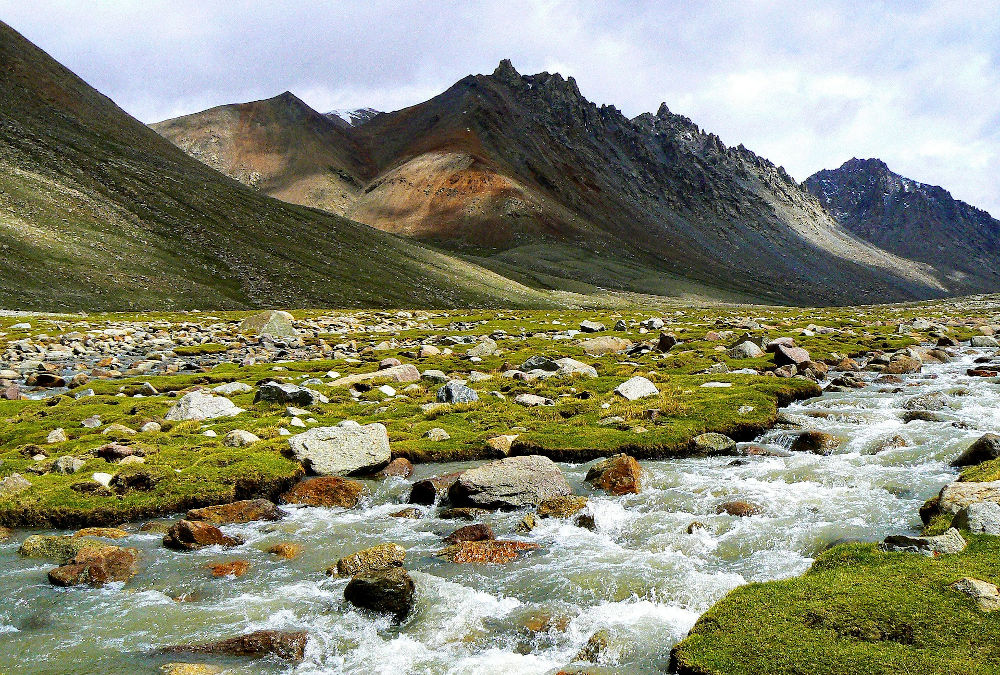
As a travel writer, my take on this vital aspect of selling a destination is different and I oppose vehemently to the practice of appointing celluloid stars as tourism ambassadors. More so if it concerns the Himalayas. I would much rather prefer a native who is aware of his/her art, culture, traditions and geography by the tip of his finger. A photogenic face and a curvaceous body might fetch you Blockbuster movies, but certainly won’t work in the Himalayan tourism arena.
One must bear in mind that global tourism is evolving and today a destination of the magnitude of the Himalayas will have not just mountaineering as an activity, but also very specialised and immersive experiences like for instance, trekking, mountain biking, river rafting, kayaking, hot air ballooning, skiing, mountain-spa, yoga-in-the-mountains, high altitude mountain-hut living as well as stimulative cultural contacts to name just a few. So, how does it make sense to appoint a celluloid star as a tourism ambassador?
What a powerful message the mandarins of the tourism industry of India/Nepal/Bhutan will convey to the world community if somebody of Nepal’s iconic mountaineer, Ang Tshering Lama’s stature is appointed as the brand ambassador of the Himalayas. Imagine the buzz he will create with images of him on top of Mt. Everest, dressed in mountain expedition gear and his beaming smile. He has summitted Mt. Everest multiple times and holds, to his credit, the mantle of conducting the world’s highest rescue mission on Mt. Everest in the year 2017.
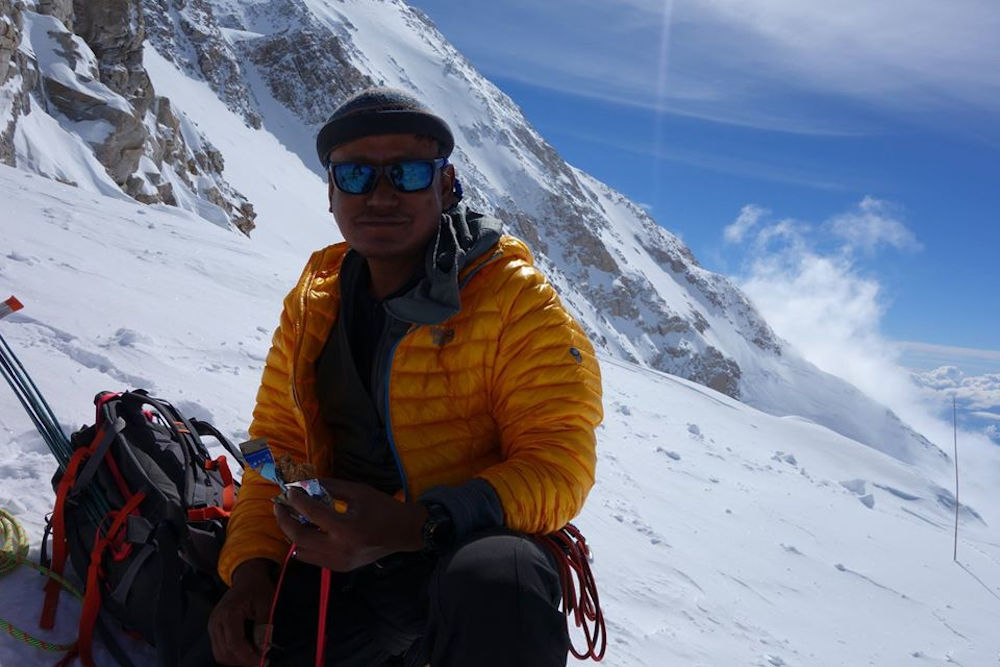
People like Ang Tshering Lama and others of his ilk are ideally suited to don the mantle of tourism brand ambassadors for the Himalayas as they come with a proven experience of going above and beyond the call of duty in delivering truly spectacular, high quality mountain experiences.
As the Himalayas becomes a more popular mountain tourism destination, the expectations of international visitors will continue to rise. They will expect high quality products and services commensurate with their cost of travel.
If people of the stature of Ang Tshering Lama are at the helm, the gigantic task to align the industry to create a stellar service culture that will meet customer expectations, drive visitor numbers up and promote a stronger Himalayan brand will indeed be a reality.
These guys, who are natives or Sherpas, who have achieved great heights in the annals of mountaineering, enjoy iconic status and undoubtedly will inspire their own people to raise the bar in creating distinctive and compelling Himalayan experiences.
Strategies, resources, technology, and people, the latter in particular plays a crucial role in driving the whole mission forward. We need to find the right ambassadors with the right blend of skills, personality and credibility for the mission to take off successfully.
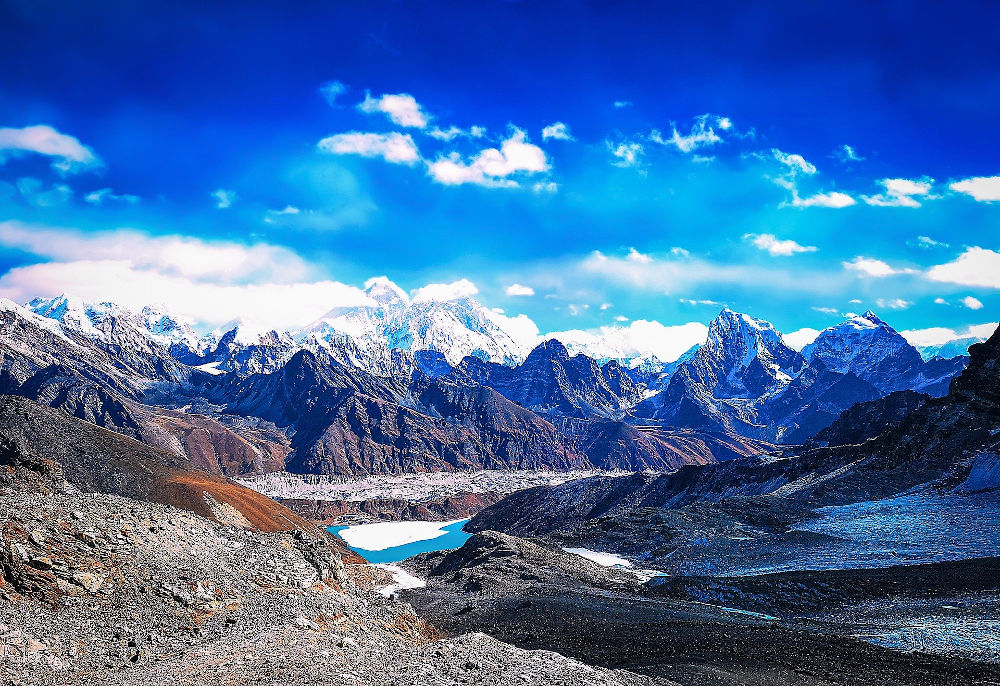
When you have people like Ang Tshering Lama at the helm as ambassadors, you expect them to foster strong, loyal relationships between the visitors and your brand. Ambassadors should not only be passionate about and thoroughly familiar with your products or services, but they should also be skilled at making profound connections with others on behalf of Brand Himalayas. It is exactly this trademark: ‘Profound Connections’ that guys like Ang Tshering Lama will deliver, which no other celluloid star can ever be expected to offer.
When people like Ang talk about the Himalayas, the world knows they’re knowledgeable experts and justifiably will seek out their opinions because they also exude confidence and positivity, traits that attract the prospective visitors and compel them to listen to guys of such rare breed.
Peaks apart, the Himalayas have a unique culture and for centuries together people here have crafted a culture that weaves beautifully both nature and people together. Whether tourists are attempting to summit Mt. Everest or wanting to visit ancient temples and pagodas, one thing stands out – tourism in the Himalayas need to be sustainable and branded in the most appropriate manner so that the region’s stunning beauty and sacred air can be appreciated by future generations to come.
I, for one, feel it’s imperative that we be acquainted with and celebrate the people and experiences of the Himalayas that will drive the hospitality and tourism industries. How I wish to hear from every visitor to the Himalayas to say only great things about their Himalayan experiences!
I hope with right people in the right place the Himalayan region will come up with more enriching, exhilarating and seamless tourism products for the discerning world traveller.












